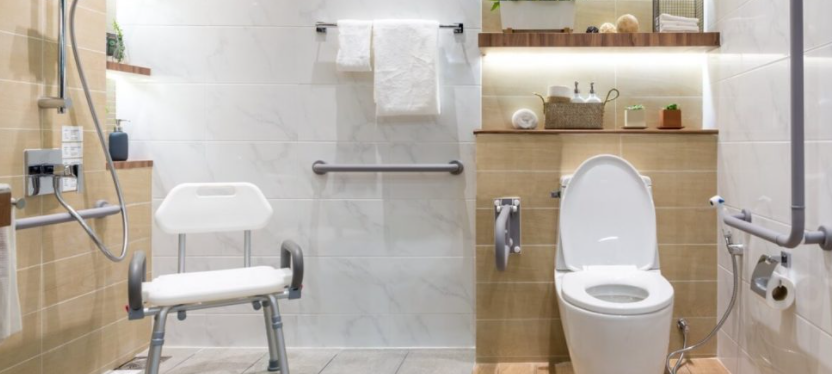The exterior of the home is just as important as the interior when aging in place is taken into consideration. You must consider replacing the high maintenance siding with a low maintenance alternative such as vinyl or brick. All landscaping must be low maintenance as well. Exterior surfaces such as patios, decks, or porches must be sturdy and no more than one-half of an inch below the interior floor level. These specifications meet the requirements set by the National Association of Home Builders for Aging in Place.
the entryway must have an easily accessible, clear path of travel through to the living spaces. There must be at least one no-step entry door that has no steps leading to it. A wheelchair ramp leading to the front door would be the ideal solution. No-slip flooring should be installed in the foyer to prevent slip and fall accidents once inside, regardless of weather conditions.

The home should have plenty of windows for natural light. Windows should be designed so that elderly hands may easily open and close them. Window height should be at a comfortable level for homeowners who may be wheelchair-bound.
The bathroom and kitchen must usually be remodeled in order to fit the needs of the elderly homeowner. Very specific items need to be modified in each of these rooms. Look for appliances that are modified for access for people with compromised mobility. Cabinets, vanities, and countertops should be lowered to accommodate those who are in a a wheelchair or scooter.


